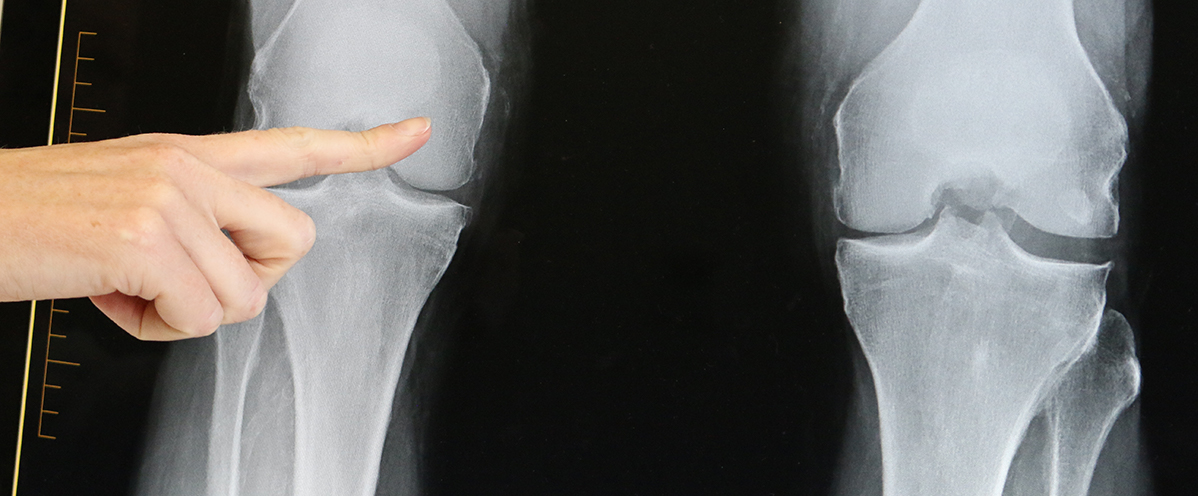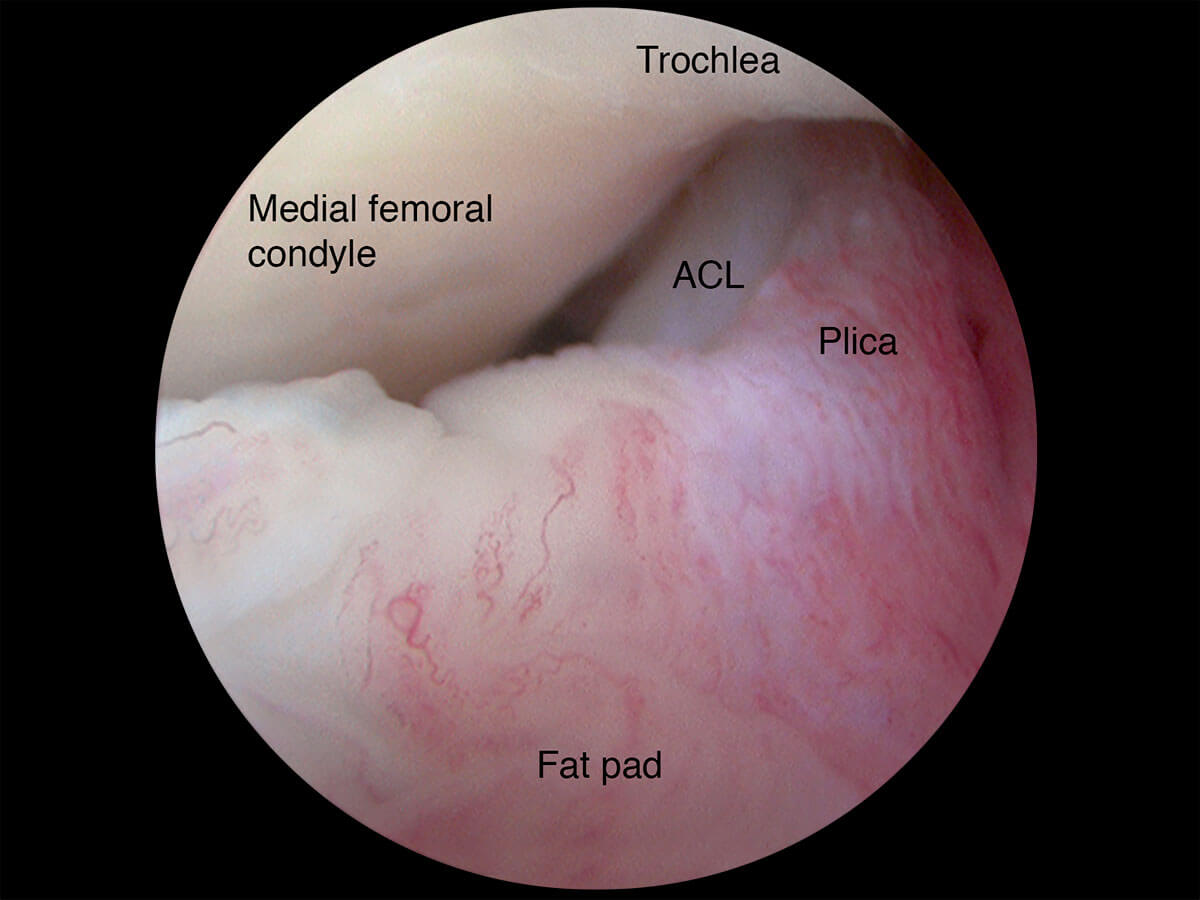
Anterior Cruciate Ligament Injury
Anatomy
The anterior cruciate ligament (ACL) connects the femur to the tibia. It is crucial in the maintenance of knee stability. The ACL prevents the tibia from moving forwards during weight bearing activities and prevents abnormal rotation of the knee.

ACL Tear
Injury to the ACL frequently occurs when landing from a jump or when pivoting, or with a collision with another player. Females are more likely to suffer ACL injuries than males.
Symptoms
An ACL tear often occurs with a “pop” or a “crack”. Significant pain occurs in the knee. Patients are generally unable to complete their sporting activities. The knee normally swells within the first 24 hours because of internal bleeding. Patients develop a loss of the full range of movement of the knee and feel uncomfortable with walking.
Management
All soft tissue injuries need management with the RICE protocol – rest, ice, compression and elevation.
A person with this type of knee injury should be seen by a medical professional as soon as possible to determine the extent of the injury and to exclude any other injuries to the knee, such as fractures. Often patients are initially seen by their general practitioner or in a hospital emergency department. X-rays are often performed to exclude fractures.
The orthopaedic surgeons at Knox Orthopaedic Group commonly see and treat referred patients with ACL tears. A thorough history is taken and a physical examination is performed. An MRI scan may be necessary to confirm the diagnosis, and to define any other knee injuries.
Treatment
Physiotherapy is very important to regain full extension and strength. Bracing may be necessary, particularly if there are multiple ligament injuries.
Surgical treatment
Most young active patients benefit from ACL reconstruction. Surgery is particularly indicated if there is symptomatic instability. The surgeons at Knox Orthopaedic Group will talk in detail about non-surgical and surgical treatment options for any patient who has an ACL tear.
